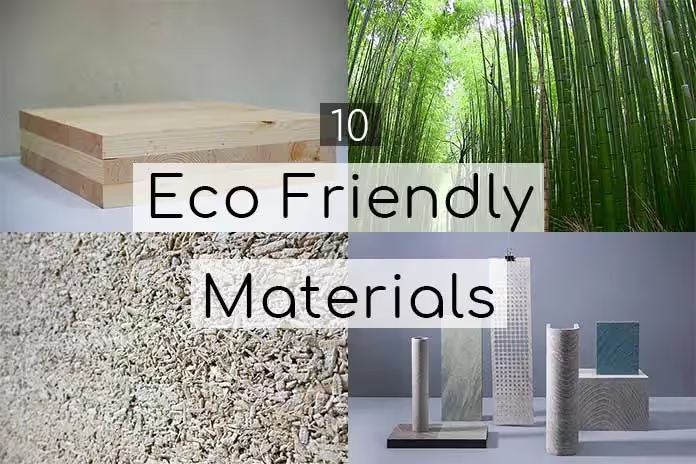| Cross-Laminated Timber (CLT) |
Strong, lightweight, renewable, stores carbon |
Structural panels, floors, and walls — excellent in hybrid systems |
| Bamboo |
Rapidly renewable, high tensile strength, flexible |
Structural framing, interior finishes, and furniture |
| Hempcrete |
Excellent insulation, carbon-negative, breathable |
Wall infill or insulation; ideal for low-rise eco homes |
| Mycelium (Mushroom-Based) |
Biodegradable, self-growing, fire-resistant |
Used in wall panels, acoustic insulation, packaging |
| Fly-Ash & Recycled-Content Bricks |
Waste reuse, low embodied energy |
Substitute for clay bricks — reduces CO₂ emissions |
| Reclaimed / Recycled Wood & Steel |
Reuse of materials, reduces waste and emissions |
Beams, façades, decorative panels, or load-bearing structures |
| Rammed Earth / Compressed Earth Blocks |
Local materials, high thermal mass |
Walls in arid climates; durable and energy-efficient |
| Permeable (Pervious) Concrete |
Stormwater infiltration, reduces heat island |
Sidewalks, pavements, and parking areas |
| Low-VOC Paints & Natural Finishes |
Healthier air quality, non-toxic |
Interior coatings and protective finishes |
| Solar Tiles & Energy-Generating Surfaces |
Combine structure with energy generation |
Roofs and façades; aesthetic and functional |


